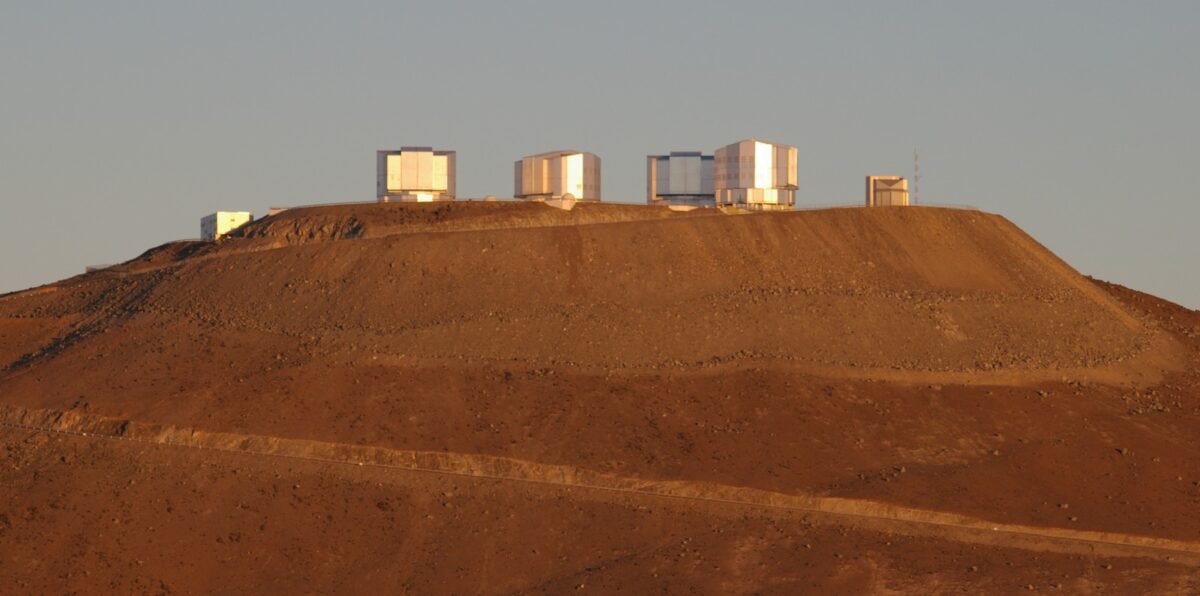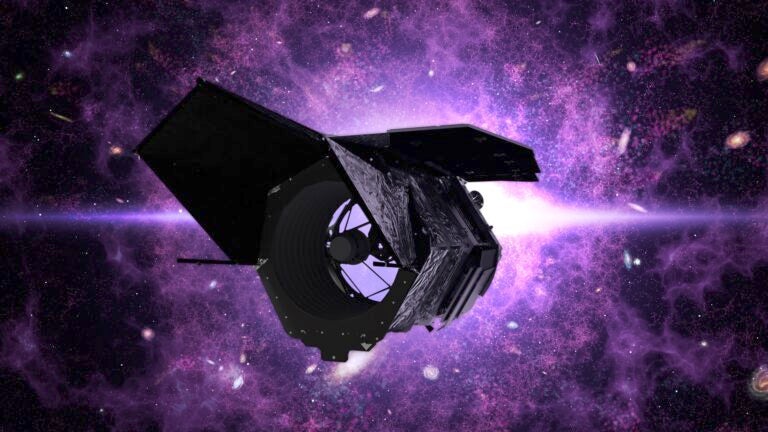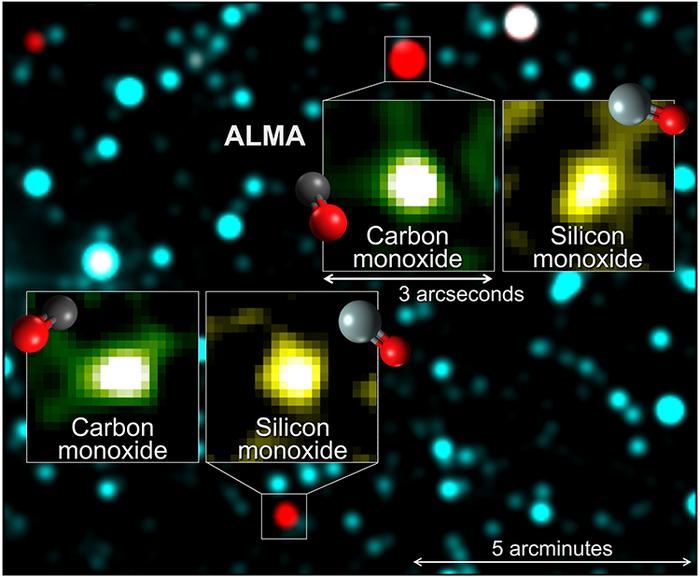
A new study by the European Southern Observatory (ESO) contradicts corporate claims that a proposed hydrogen fuel facility would not harm observatories in Chile.
Earlier this year, ESO alerted the astronomy community that its facilities at Paranal — with some of the world’s darkest skies — were threatened by the plans to build a 7,400-acre (3,000 hectares) energy processing megaproject. The Applied Energy Services (AES) Corporation proposal is under review by the Chilean government.
The so-called INNA hydrogen manufacturing plant is only kilometers away from Paranal’s astronomy complex, which houses advanced observatories and instruments.
Related: Green hydrogen project threatens pristine Paranal skies in Chile
Devastating and irreversible
According to ESO, AES’s environmental impact analysis is flawed. ESO tried to work with AES to mitigate impacts but were spurned, according to ESO representatives.
In a recent press release, ESO calls its own study “alarming,” pointing to results that indicate “INNA would increase light pollution above the Very Large Telescope (VLT) by at least 35 percent and by more than 50 percent above the south site of the Cherenkov Telescope Array Observatory. INNA would also increase air turbulence in the area, further degrading conditions for astronomical observations, while vibrations from the project could seriously impair the functioning of some of the astronomical facilities, like the Extremely Large Telescope (ELT), at the Paranal Observatory.”
The ELT is currently under construction at nearby Cerro Armazones.
ESO said in the press release that if INNA is built, the “impact would be devastating and irreversible.”
“With a brighter sky, we severely limit our ability to directly detect Earth-like exoplanets, observe faint galaxies, and even monitor asteroids that could cause damage to our planet,” said Itziar de Gregorio-Monsalvo, ESO’s Representative in Chile. “We build the largest and most powerful telescopes, in the best place on Earth for astronomy, to enable astronomers worldwide to see what no one has ever seen before. Light pollution from projects like INNA doesn’t just hinder research, it steals our shared view of the universe.”
More than light pollution
For the study, ESO used public information about the AES project’s plans and assumed the corporation would use the least-invasive lighting available today. “However, we are concerned that the inventory of light sources planned by AES is not complete and fit for purpose. In that case, our already alarming results would underestimate the potential impact of the INNA project on the Paranal sky brightness,” said ESO Director of Operations Andreas Kaufer.
Additionally, the observatories normally conduct significant research even with high, thin clouds present. But artificial light from INNA would make this impossible, as clouds readily reflect ground illumination.
Another impact would be to the steady skies of Paranal, which would be degraded by “up to 40 percent” due to INNA’s planned wind turbines, the release states.
Construction will also shake the ground, disturbing delicate equipment and raising dust that will interfere with research.
“The only way to save Paranal’s pristine skies and protect astronomy for future generations is to relocate the INNA complex,” said de Gregorio-Monsalvo, speaking on behalf of ESO’s 16-nation consortium.
The INNA project is proposed as part of Chile’s push to decarbonize its economy. Currently, it is under review by the government there.
ESO has made more information available here: executive summary of the report.









